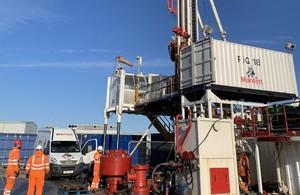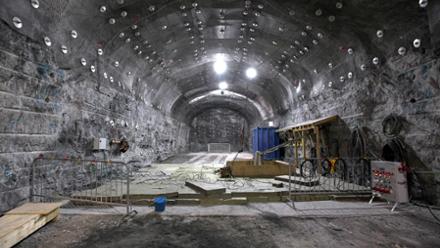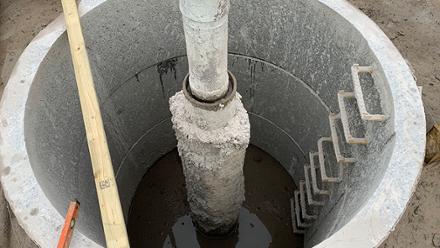First seal of success for borehole project
An engineering system passes its first major test sealing a deep borehole in one of the rock types that could host a Geological Disposal Facility (GDF) in the UK.

An existing borehole at the Magnox Harwell site, Oxfordshire, was the centre of one of the Radioactive Waste Management’s (RWM) largest research projects, which they claim they have undertaken the first ever full-scale fieldwork demonstration over three months earlier this year.
The borehole sealing project has involved developing a unique system for permanently sealing deep boreholes, which could be up to 2,000 metres deep.
As the UK’s geological disposal programme progresses, RWM say it will be necessary to drill boreholes as part of site investigations - these allow detailed analyses of the extracted rock samples to be undertaken, one of the key steps needed to identify whether the geology could be suitable for the underground facility.
'Before site investigations can start, we need to demonstrate our ability and know-how to seal any boreholes to regulators at the Environment Agency (EA),' states RWM.
'The borehole sealing project is part of the wide-ranging research and development (R&D) programme that will support construction of a safe, secure GDF deep underground.'
The £5 million project has involved our scientists, engineers and geologists working alongside contractors Jacobs, Marriott Drilling and NeoProducts to develop and test approaches to sealing boreholes.
This has involved an extensive programme of work that commenced in 2013, including the design and build of a state-of-the-art ‘Downhole Placement System’ (DPS) for placing seal material at appropriate depths.
Bentonite clay was used as sealant because of its low permeability and swelling properties. Commonly found world-wide, bentonite will also be packed around some GDF waste packages as part of the engineered barrier system that will isolate and contain disposed waste.



